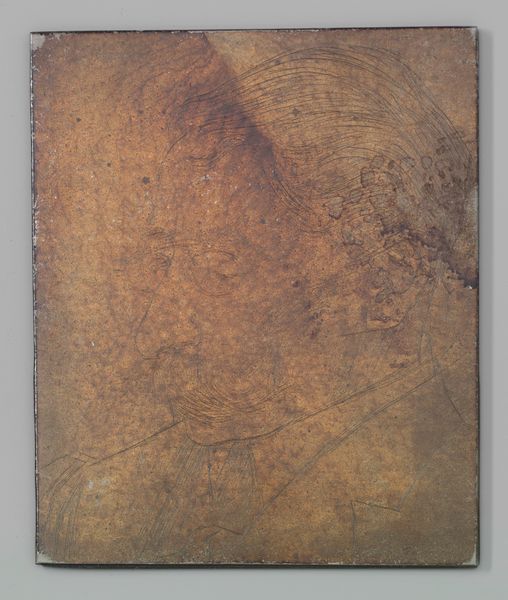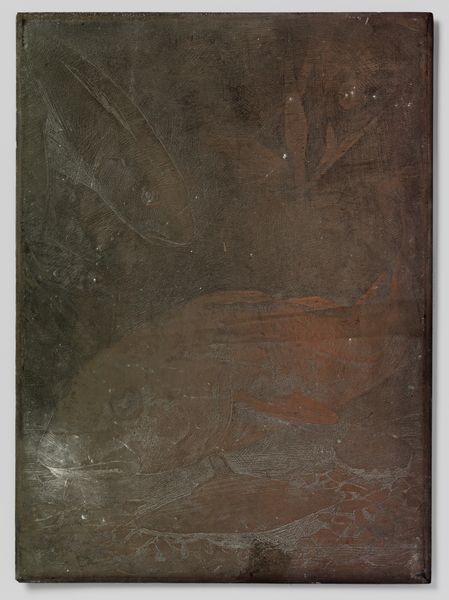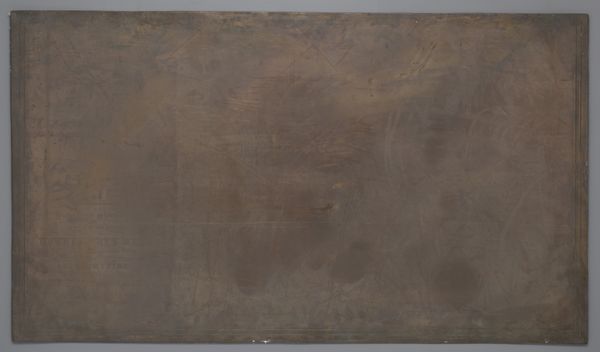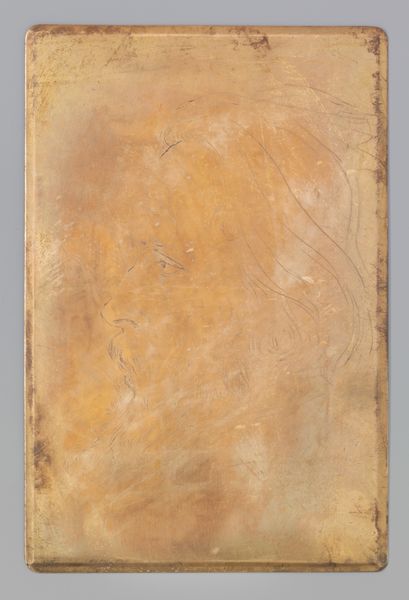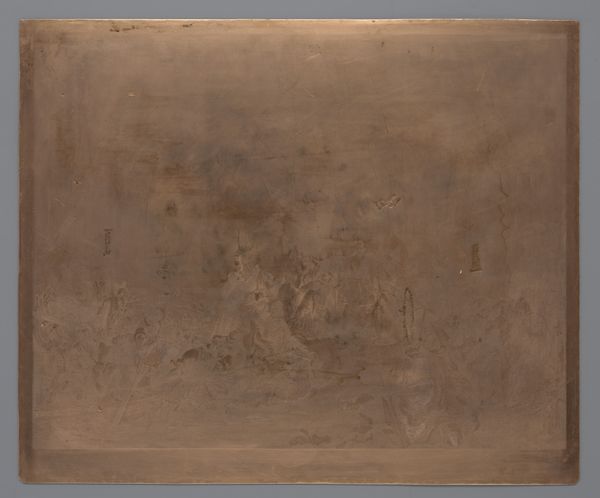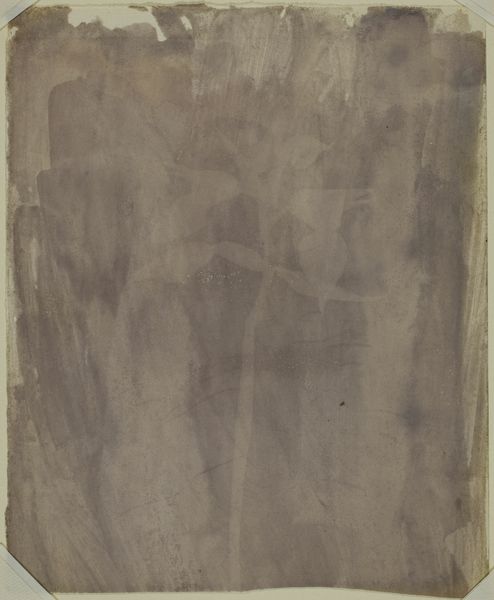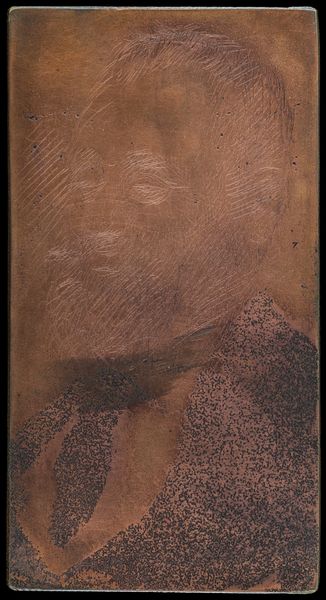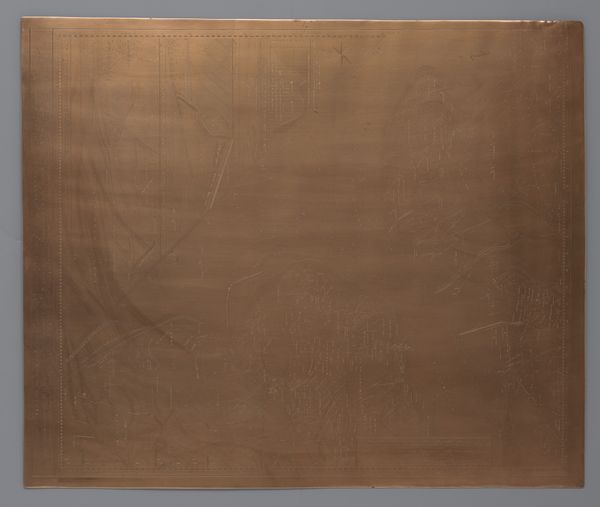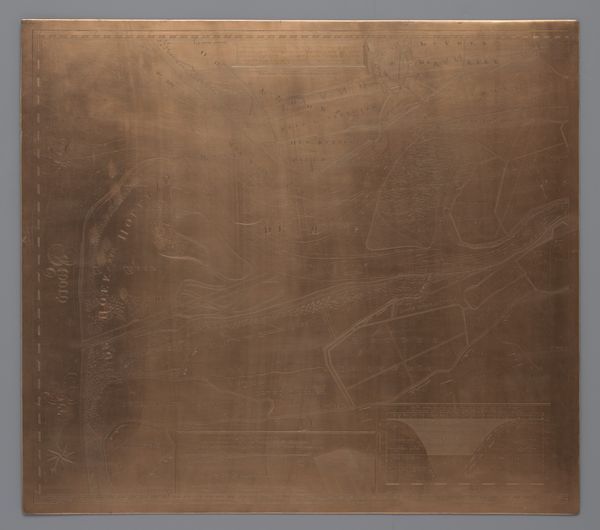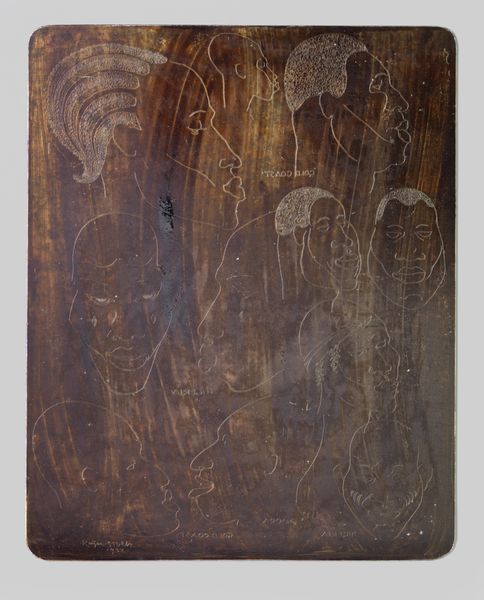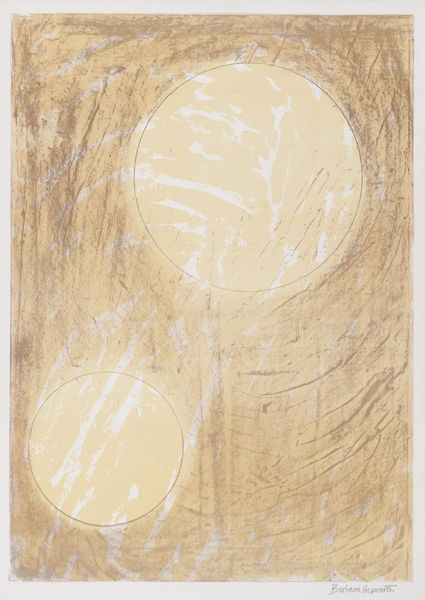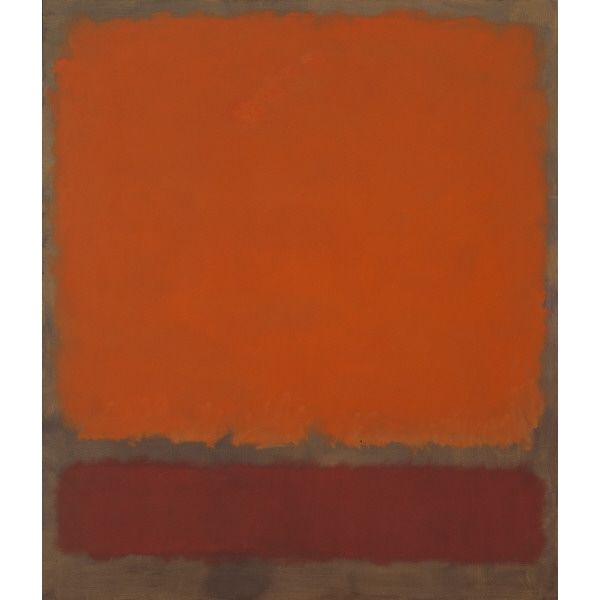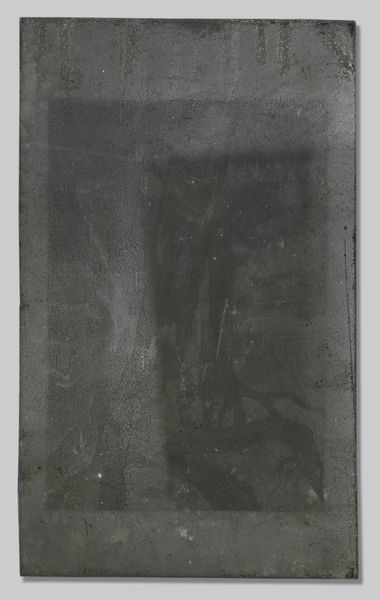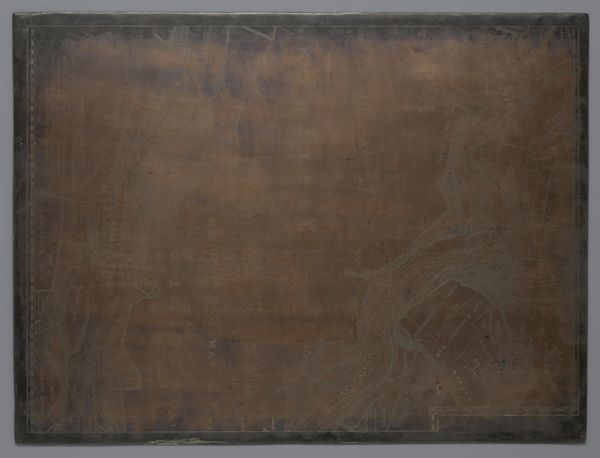
drawing, paper, pencil
#
portrait
#
drawing
#
paper
#
pencil
Dimensions: height 245 mm, width 157 mm
Copyright: Rijks Museum: Open Domain
Curator: This drawing by Reinier Vinkeles, rendered in pencil on paper, is titled "Portret van Cornelis Ploos van Amstel." It dates back to 1799 and currently resides here at the Rijksmuseum. Editor: At first glance, I’m struck by its rather spectral quality. It feels faded, almost as if the image is struggling to emerge from the very paper itself. Curator: Precisely! The subtlety of the pencil work creates a remarkable interplay of light and shadow. Note how Vinkeles uses delicate lines to define the contours of the face and clothing, creating volume and texture without resorting to harsh outlines. We observe a face emerging from tonality rather than definition. Editor: Indeed, that subtlety perhaps reflects the sitter’s social standing. Ploos van Amstel was more than simply an art collector. His position speaks to issues of class and patronage, wielding power through networks of cultural capital. Does the ethereal rendering reflect that sort of social nuance? Curator: Interesting point. Consider the neoclassical style pervasive at the time—the subject is idealized yet retains an individualized likeness. It’s a balance between reality and the artistic construct of persona, heightened by a carefully chosen oval frame. The geometry of the drawing thus reinforces a vision of clarity and order. Editor: Yet, isn’t it intriguing that this portrait focuses on an art collector during a period of societal upheaval? Was this an effort to legitimize or perhaps idealize artistic patronage as societal norms came into question? The choice of representing an art collector, rather than perhaps a revolutionary figure, surely conveys some sense of the status quo. Curator: Perhaps it's Vinkeles' understated technical skill that communicates his message best. In this portrait, restraint becomes its own form of expression, quietly alluding to broader societal shifts, without having to make loud proclamations. Editor: I see it more as a meditation on history and memory, the pencil strokes resembling whispers of a bygone era. The piece seems like an artifact awaiting rediscovery in a future world, thus preserving social dynamics of power for generations to come. Curator: I am most captured by how form gives way to idea and effect. It remains for me a paragon of controlled and nuanced artistry. Editor: And for me, it’s how a simple portrait sparks a deeper interrogation of art, class, and history—forever engaging me.
Comments
No comments
Be the first to comment and join the conversation on the ultimate creative platform.
